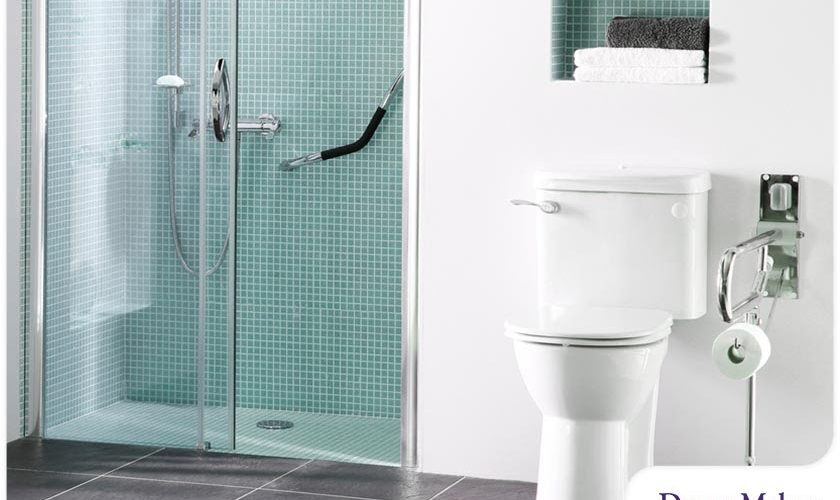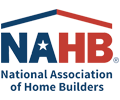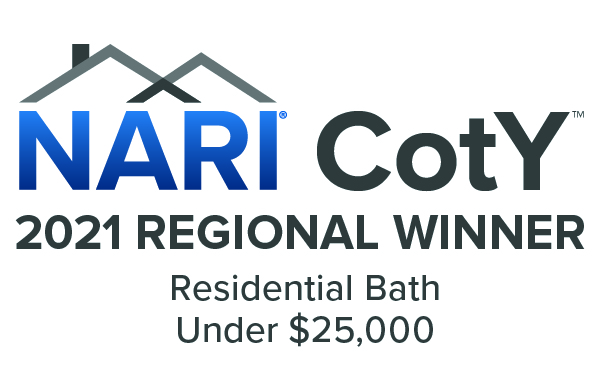
Today, the bathroom renovation pros at DreamMaker Bath & Kitchen of St. Louis Park discuss three of the key features to incorporate into your accessible bathroom design.
1. Wider Entryway & Adequate Floor Space
The need for an accessible bathroom becomes a necessity as people advance in years. The same can be said for individuals with mobility impairments, balance issues and other disabilities. The bathroom doorway should be wide enough to accommodate wheelchair users. The door should be lightweight with a lever-style handle instead of the regular doorknob. Also, the bathroom layout should be open to ensure no obstructions moving across the space towards the toilet area. Installing grab bars on both sides of the toilet seat or behind it helps avoid the potential for accidents while using the bathroom.
2. Raised Toilet Seat
When it comes to toilets, a wide range of options are available for you to choose from. In addition to standard types, there are tankless, wall-mounted alternatives that can help you save on floor space and ensure easy cleanup. Other models come equipped with dual-flush technology or seat warmers that enhance utility and comfort. These features are worthwhile additions, but you shouldn’t forget the aspect of accessibility when upgrading your toilet.
An accessible toilet should be compliant with the design specifications indicated in the Americans with Disabilities Act (ADA). Specifically, its height should be 17 to 19 inches, with the centerline between 16 and 18 inches from the sidewall. Standard toilet models can be equipped with raised seating to meet ADA requirements. If a toilet upgrade is a part of your accessible bathroom remodel, consider the wall-mounted type. Its height is close to the height of a wheelchair seat, making it more convenient. Plus, the lack of base means more toe and foot clearance.
3. Clever Storage & Disposal
A well-designed accessible bathroom should put everything within easy reach of the user, whether they are in a wheelchair or not. Items such as towels, soap and other toiletries should be placed close to the sink to allow the user to dry their wet hands without having to touch their wheelchair, crutches or any mobility device. Foot-pedal trash cans are not recommended since they won’t benefit users with limited functionality on the lower extremities.
Create a Safer, More Accessible Bathroom
At DreamMaker Bath & Kitchen of St. Louis Park, our team has what it takes to create safe and independent living spaces that match your lifestyle and preferences. Through our Independence by Design™ service, we can upgrade your bathroom with the features mentioned above and incorporate a walk-in tub or barrier-free shower. Count on us for your mobility remodeling needs! Give us a call at (952) 522-3008 or fill out our contact form to request an appointment for either a design center visit or a meeting via webinar. We are proud to serve homeowners in Minneapolis, St. Louis Park and Robbinsdale, as well as the nearby areas of Anoka, St. Paul, Edina and more.

























